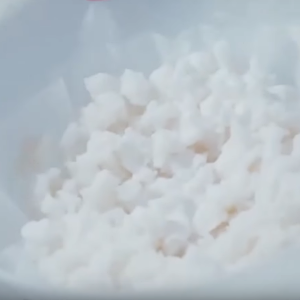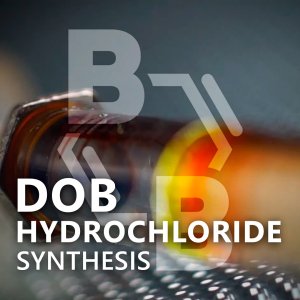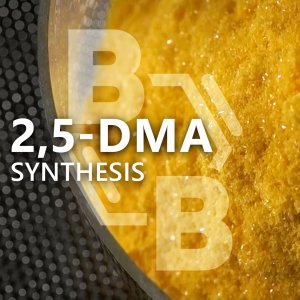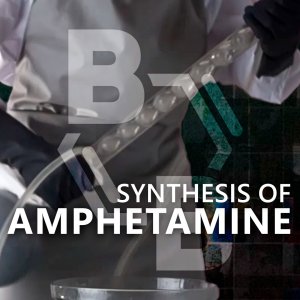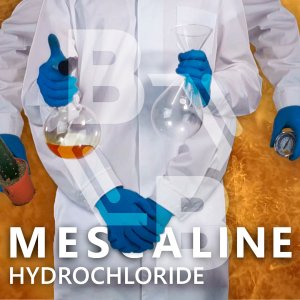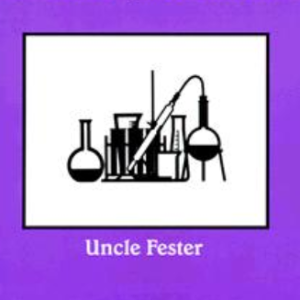You are using an out of date browser. It may not display this or other websites correctly.
You should upgrade or use an alternative browser.
You should upgrade or use an alternative browser.
479Mb (.mp4)
1-Phenyl-2-nitropropene (P2NP) reduction to α-methylphenylethylamine by aluminium amalgam.
https://bbgate.com/threads/amphetamine-synthesis-from-p2np-via-al-hg-video.196/
1-Phenyl-2-nitropropene (P2NP) reduction to α-methylphenylethylamine by aluminium amalgam.
https://bbgate.com/threads/amphetamine-synthesis-from-p2np-via-al-hg-video.196/
About Us
Our team brings together the best specialists from different fields.
We are ready to share our experience, discuss difficult issues and find new solutions.

